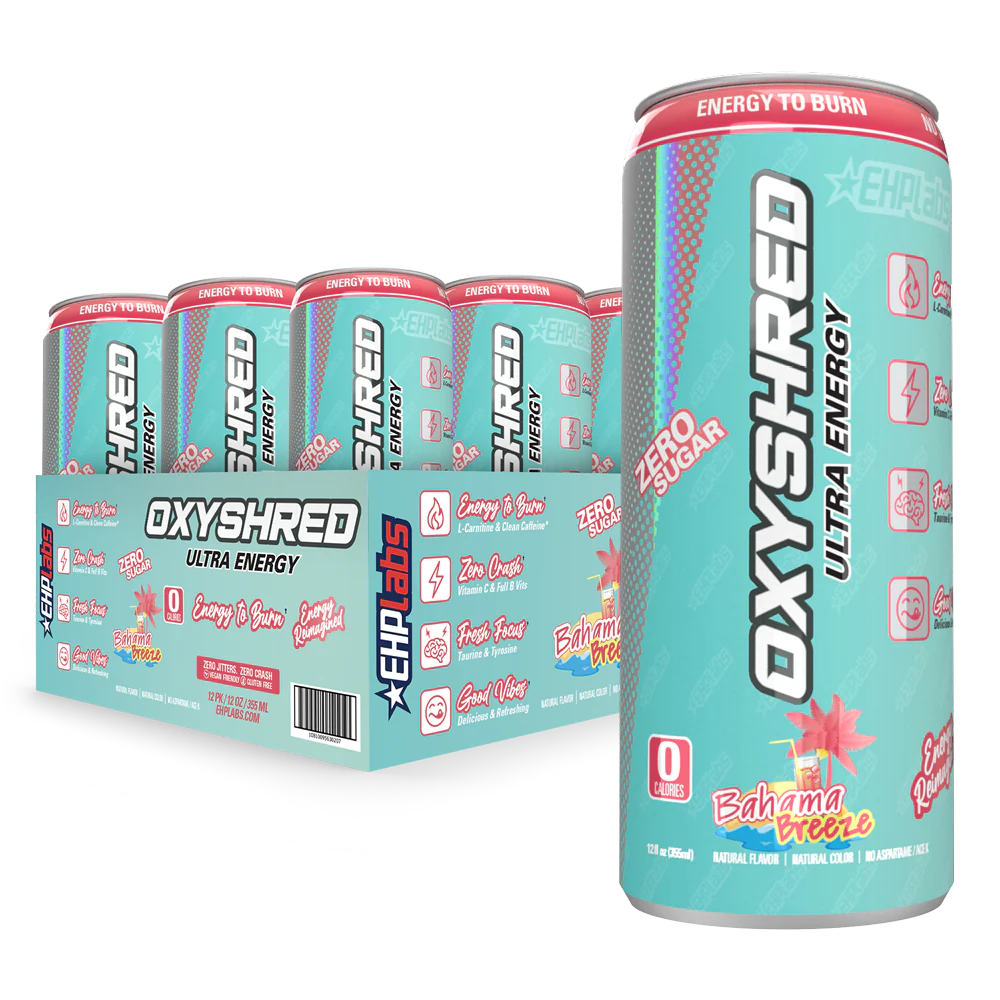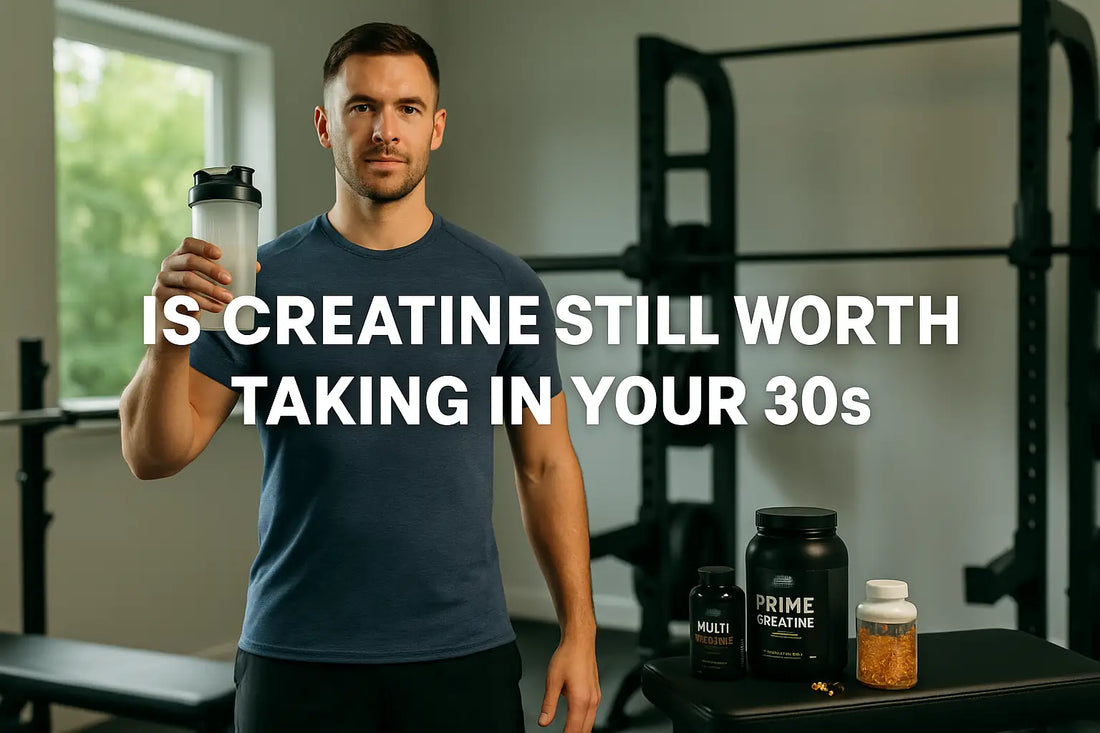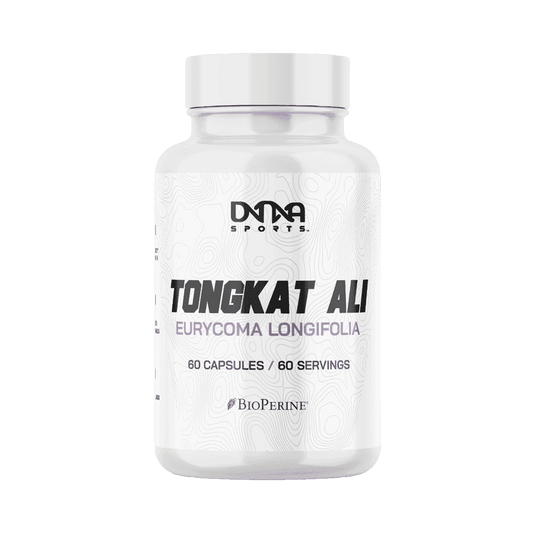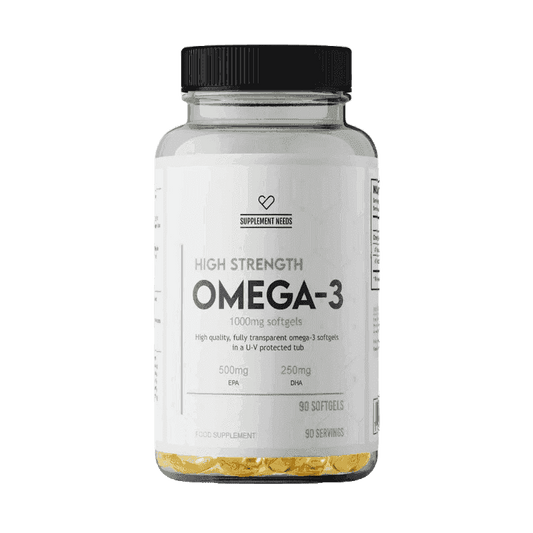Introduction: Why Your 30s Change the Supplement Game
At 30, your body isn’t quite the same as it was in your early twenties. Recovery is slower, work stress is higher, and life rarely gives you the luxury of endless rest and perfect nutrition. Yet your goals haven’t gone anywhere. You still want strength, lean muscle, and the energy to perform — both in the gym and outside it.
This is where creatine comes into the conversation. For years, it’s been the go-to supplement for athletes, lifters, and gym newcomers alike. But now you might be wondering: does it still deliver when you’re in your thirties? The answer is yes. In fact, creatine might be even more valuable now than it was a decade ago.
How Much Creatine Should a 30‑Year‑Old Man Take?
The sweet spot for men in their 30s remains the same as it’s always been: around five grams per day. That single scoop is enough to keep your muscles fully saturated, meaning you’ll still benefit from the extra ATP production that fuels intense lifts and heavy sets. Unlike in your twenties, where you could sometimes coast on youthful recovery, your thirties demand consistency. A steady daily dose keeps your performance high and ensures you’re not losing ground.
Loading phases — where you take large amounts for a week — aren’t necessary. Simply making creatine a part of your daily routine works just as well, without the digestive discomfort that can come with loading. Many lifters choose to mix Naughty Boy Prime Creatine with their morning shake or post‑workout protein, making it as automatic as brushing their teeth.

Is Creatine Safe for Older Adults?
One of the biggest concerns men raise once they leave their twenties is safety. The truth is creatine is one of the most researched supplements in the world, and study after study confirms its safety for healthy adults — including those in their 30s, 40s, and beyond. Not only is it safe, it’s also beneficial for areas that matter more as you age: supporting muscle retention, maintaining strength, and even contributing to better brain function.
Concerns about kidney or liver health are largely unfounded unless you have pre‑existing conditions. For most men, taking creatine daily is not just safe, it’s a smart move for long‑term wellness. Adding a scoop to your daily nutrition routine is no more dangerous than taking a multivitamin or upping your protein intake.
What Is the Best Age for Taking Creatine?
There’s no such thing as “too late” to start creatine. While many people associate it with young men chasing their first big bench press, your thirties may actually be one of the best times to take it. At this stage, you’re likely training smarter, eating better, and focusing on long‑term progress rather than quick fixes.
Testosterone naturally begins to decline slowly once you hit thirty, and creatine, while not a hormone booster, helps you maintain strength and muscle mass by improving performance and recovery. It also has cognitive benefits, with research showing improvements in memory and reductions in mental fatigue. For men juggling demanding jobs, families, and fitness goals, that extra edge is invaluable.
Does Creatine Increase Testosterone?
The myth that creatine directly boosts testosterone has been floating around for years. The reality is more nuanced. While creatine doesn’t directly raise testosterone levels, it creates an environment that supports healthy hormone balance by allowing you to train harder, recover better, and maintain lean mass. Some research has found slight increases in DHT, a hormone linked to testosterone activity, but these results aren’t consistent enough to call creatine a testosterone booster.
Instead, think of it as a foundation supplement. Pairing creatine with a strong nutritional base, supported by a quality multivitamin like the Applied Nutrition Multi‑Vitamin Complex, ensures your body has the nutrients it needs to keep hormone production stable while your training keeps intensity high.
For men looking to take hormone support a step further, DNA Sports Tongkat Ali can be a valuable addition. Tongkat Ali, also known as Eurycoma longifolia, has been traditionally used to promote vitality and male wellness, with modern research suggesting it may help maintain healthy testosterone levels and support energy, libido, and overall performance. When paired with creatine and a nutrient‑rich multivitamin, it offers a more comprehensive approach to keeping hormone health and training intensity aligned in your 30s and beyond.

Is Creatine Better Than Protein Powder?
It’s not a competition — it’s a partnership. Creatine and protein do different jobs, and both are essential if you want results in your thirties. Creatine provides the energy boost your muscles need to push through demanding sets, while protein supplies the building blocks required to repair and grow muscle tissue after those sessions.
Dropping one in favour of the other is like choosing tyres over an engine — both are required if you want the whole machine to run well. Many men find success in combining creatine with Reflex Clear Whey Isolate, ensuring they get both the strength‑enhancing effects of creatine and the recovery benefits of high‑quality protein. The combination keeps you training consistently and seeing progress, even when life gets busy.
Recap of Part 1
By the time you hit your thirties, creatine isn’t just still relevant — it’s a cornerstone supplement. A simple five‑gram daily dose keeps your strength, recovery, and cognitive performance in check. It’s safe, it’s proven, and when combined with a clean protein source and a reliable multivitamin, it forms the base of a supplement stack designed for real life, not just the gym floor.
And the best part? You don’t need to change much. Just make it a daily habit — and your 30‑year‑old self will thank you.
Now We’re Ready For Part 2!
We’ll dive into whether creatine still helps build muscle in your 30s, how it plays a role in recovery, whether you should cycle it, and how it can help prevent muscle loss as you age.
Lets Go…
Is Creatine Still Worth Taking in Your 30s? (Part 2)
Does Creatine Still Help Build Muscle in Your 30s?
The short answer is yes — and the long answer is that creatine might actually be more valuable now than ever. In your twenties, your body had the natural edge of high testosterone, lightning-fast recovery, and fewer responsibilities draining your energy. In your thirties, the picture changes. Recovery slows, and building or maintaining muscle becomes harder without deliberate effort. Creatine helps level that playing field.
By increasing the phosphocreatine stores in your muscles, it allows you to push through extra reps, maintain heavier weights for longer, and recover more efficiently between sets. The cumulative effect isn’t just about lifting a little heavier today — it’s about consistent training volume over months and years. That’s what builds and preserves muscle mass in your thirties. Pairing Naughty Boy Prime Creatine with your daily protein intake ensures your muscles have both the fuel to perform and the raw materials to repair, making it a critical combination for any man serious about staying strong in this decade of life.

Can Creatine Prevent Muscle Loss as You Age?
One of the realities of hitting thirty is that the early stages of age-related muscle loss, known as sarcopenia, begin to creep in. It’s subtle, almost invisible at first, but the decline is real and accelerates with every decade. Creatine isn’t a miracle cure, but it is one of the few supplements shown to actively support muscle preservation as you get older.
It does this in two ways: first, by allowing you to sustain higher-quality resistance training, which is the single most effective defence against muscle loss. And second, through its cellular effects that help maintain muscle hydration and energy availability. Many men find that by stacking creatine with Applied Nutrition Multi-Vitamin Complex, which provides zinc, vitamin D, and magnesium, they not only feel stronger but also recover better, creating the conditions to keep training hard well into midlife.
Should You Cycle Creatine in Your 30s?
The idea of “cycling” creatine — taking it for a few months, then stopping — has been around for years, often fuelled by misconceptions about safety. The reality? There’s no need to cycle. Creatine works best when taken consistently. When you stop, your muscle stores slowly return to baseline, meaning you lose the very benefits you worked to build.
Consistency is the magic word here. Making creatine a daily habit — just like brushing your teeth or taking your multi — ensures your muscles stay saturated and your performance stays stable. Men who pair creatine with a post-workout shake of Reflex Clear Whey Isolate often find this routine makes supplementation effortless. One scoop of creatine, one scoop of protein, and you’ve got a recovery ritual that takes seconds but delivers lasting results.
Is Creatine Good for Recovery for Older Lifters?
Absolutely. While creatine is most famous for its performance benefits, its role in recovery shouldn’t be overlooked. In your thirties, you might notice muscle soreness lingering longer than it used to. That’s because your recovery systems aren’t as forgiving, and stress from work and life compounds the physical load of training.
Creatine supports faster replenishment of muscle energy, meaning you bounce back more quickly between sessions. This allows you to train more consistently, which is the real key to making progress over the long term. For men balancing demanding jobs and family responsibilities, that ability to recover just a little faster can mean the difference between sticking to your program and falling off track. When combined with Supplement Needs Omega 3, which reduces inflammation and supports joint health, creatine becomes part of a powerful recovery duo that keeps you moving and motivated.
How Long Should You Take Creatine?
This is the beauty of creatine: you don’t need to stop. Unlike stimulants or fat burners, it doesn’t lose effectiveness over time. As long as you’re training regularly, creatine continues to provide benefits month after month, year after year. Many men take it consistently throughout their 30s, 40s, and even 50s.
The key is to view creatine not as a short-term boost, but as part of your long-term health strategy. It’s not about a single cycle or a quick transformation — it’s about building and preserving the strength, energy, and resilience you’ll rely on as life gets busier. Keep it simple: one scoop a day, every day. That’s the formula that works.
FAQ: Creatine in Your 30s
Does creatine still help build muscle in your 30s?
Yes — it helps you lift harder, recover faster, and maintain training volume, which is crucial as recovery naturally slows.
Is creatine safe for men over 30?
Completely. It’s one of the most researched supplements in the world, with decades of studies proving its safety in healthy adults.
Should I cycle creatine in my 30s?
No. Creatine works best when taken consistently. Cycling is unnecessary and reduces its effectiveness.
Can creatine prevent muscle loss as you age?
It helps. By improving your ability to train and recover, it supports long-term muscle preservation.
What’s the best creatine dose for men in their 30s?
Five grams daily — simple, effective, and proven.
Conclusion: Why Creatine Is a No-Brainer at 30
Turning 30 doesn’t mean slowing down. It means training smarter, recovering harder, and supporting your body with the tools it needs to keep performing. Creatine sits at the heart of that strategy. Safe, effective, and backed by decades of research, it’s one of the few supplements that genuinely delivers on its promises.
Combine daily creatine with a strong protein source like Reflex Clear Whey Isolate, a comprehensive multi such as the Applied Nutrition Multi-Vitamin Complex, and recovery support from Supplement Needs Omega 3, and you’ve built a supplement foundation that will serve you well not just today, but for years to come.





